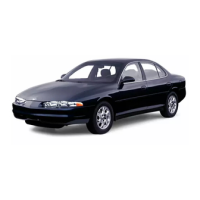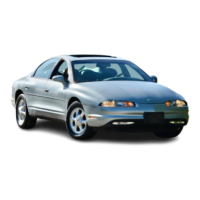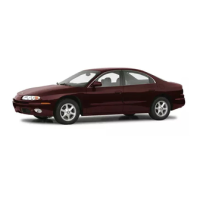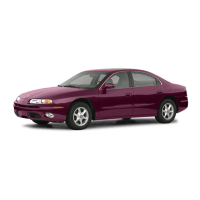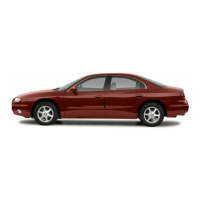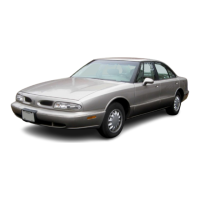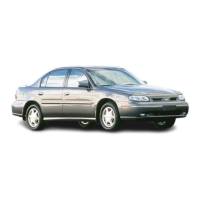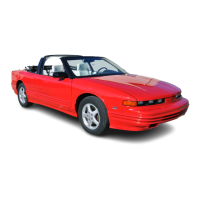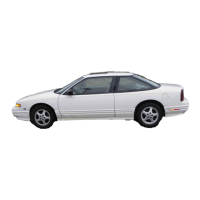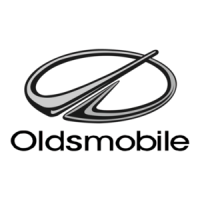
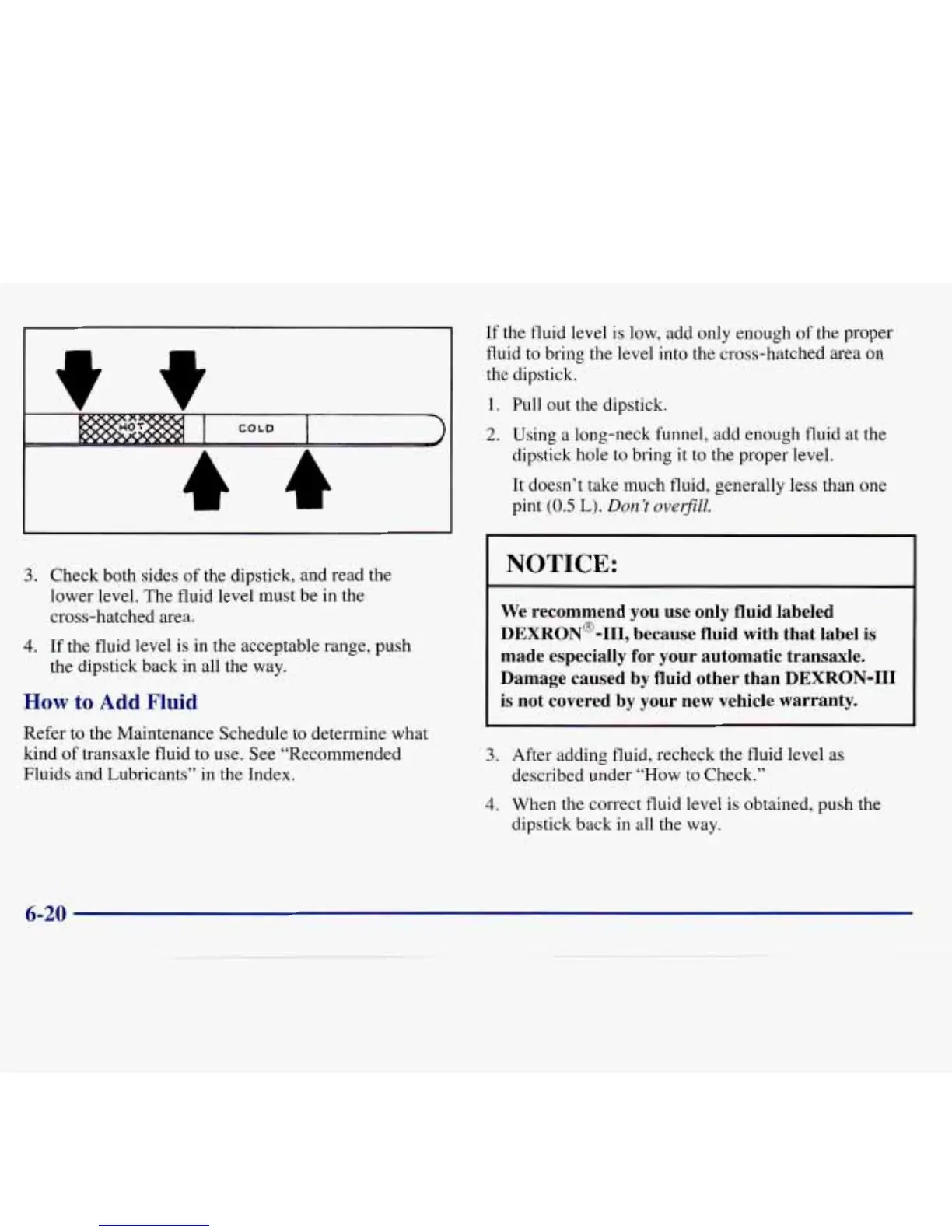
Do you have a question about the Oldsmobile 1998 Aurora and is the answer not in the manual?
| Brand | Oldsmobile |
|---|---|
| Model | 1998 Aurora |
| Category | Automobile |
| Language | English |
Details proper safety belt use, why they work, common questions, and use during pregnancy.
Describes the air bag system, its operation, location, and servicing requirements.
Emphasizes rear seat safety, comfort guides, child restraints, and proper installation.
Explains ignition/door keys, door lock operation, remote control, and theft deterrent systems.
Explains automatic and manual climate control, fan speed, and air direction settings.
Provides advice on safe driving, anticipating hazards, and maintaining vehicle control.
Explains the dangers of drinking and driving and how alcohol affects performance.
Details braking, steering, ABS, traction control, and maintaining vehicle control in various conditions.
Offers guidance for driving in rain, snow, ice, cities, and on freeways safely.
Explains hazard flashers and provides steps for safely jump-starting a dead battery.
Details procedures for towing the vehicle, including front/rear towing and safety precautions.
Addresses causes of engine overheating, protective modes, and coolant system checks.
